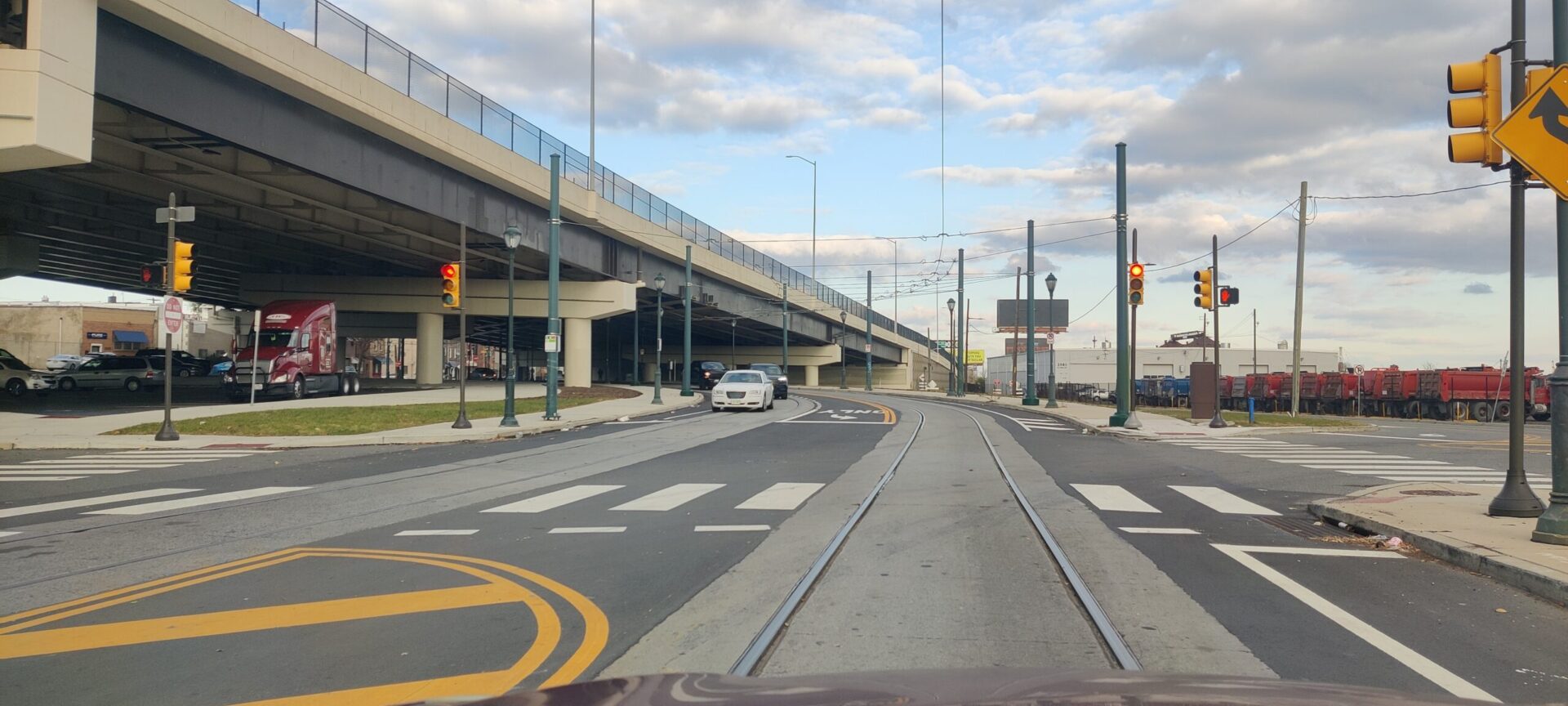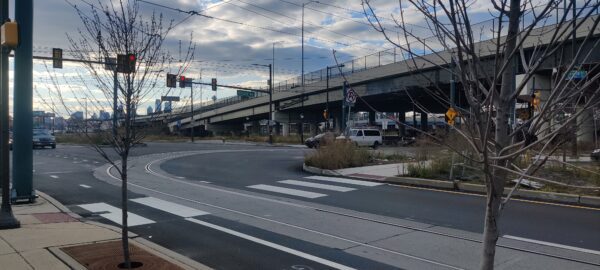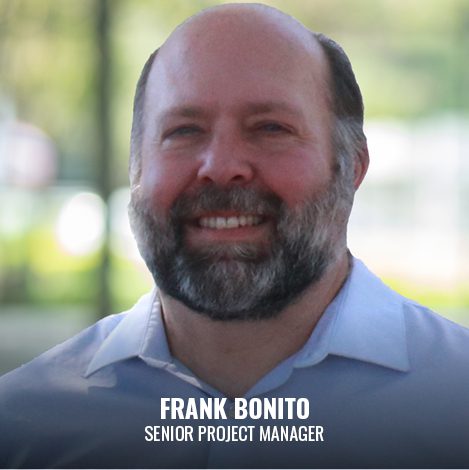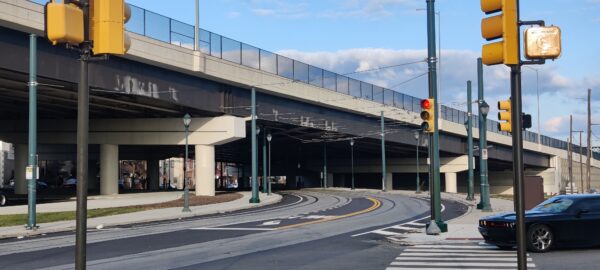
March 12, 2025 | Articles
Get Stoked: Hill International Makes Big Waves in Spain’s Surfing Scene

With origins in a 19th century horse-drawn streetcar line, the Southeastern Pennsylvania Transportation Authority’s (SEPTA) Route 15 has been a mainstay in Philadelphia’s public transit in one form or another for more than a century. In fact, the line’s iconic Presidents’ Conference Committee (PCC) streetcars from the 1940s predate the foundation of SEPTA by nearly 20 years. The last of their kind in Philadelphia, these retro green-and-cream trolleys have been in use almost continuously. In addition to the trolleys’ historical value, Route 15 represents Philadelphia’s only direct trolley connection between West Philadelphia and Northeast Philadelphia and a convenient and sustainable transit option for thousands of Philadelphians.

In 2012, SEPTA replaced Route 15’s trolleys with buses east of Frankford and Delaware Avenue Station because the Pennsylvania Department of Transportation’s (PennDOT) $1 billion reconstruction and rehabilitation of Interstate 95 (I-95) prevented the trolleys from completing their route. To widen I-95, PennDOT had to move Richmond Street—including the final eastern stretch of Route 15’s alignment—approximately 80 feet closer to the Delaware River. Construction impacted the trolley’s alignment in the vicinity of Philadelphia’s busy Fishtown, Northern Liberties, Olde Kensington, and Port Richmond neighborhoods. Eleven years later, PennDOT’s I-95 project team has reconstructed Richmond Street, as well as nearly 10,000 LF of trolley tracks and Route 15’s catenary system from Girard Avenue through the Route’s terminus at Westmoreland Street, enabling SEPTA to recommence trolley operations.

According to Senior Project Manager Frank Bonito, who leads Hill International’s construction management team on the I-95 reconstruction, PennDOT’s involvement with SEPTA’s Route 15 is characteristic of the overall program. “There are a lot of off-highway components,” he explains. “While there are some downsides to that, like periods of construction blocking streets, PennDOT is also contributing to long-term positives like pedestrian- and cyclist-friendly interchanges, improved drainage, reduced noise and vibrations from the highway, and, in this case, an improved alignment for the Route 15 trolleys.”
As a construction management partner for PennDOT, Hill is helping ensure that contractors complete the I-95 reconstruction in accordance with all contract documents and local, state, and federal regulations. This promotes high-quality work, reduces costs, and saves time. Hill’s managers also participate in the community-oriented mission of the project. “We field complaints and participate in community forums to help ensure people know what to expect with road closures and disruptions to public transit,” explains Frank. “My predecessor, Senior Project Manager Bridget Day, worked with SEPTA, PennDOT, and the rest of the project team to coordinate bus substitution on Route 15, which was a big deal—people liked and were familiar with the trolley service. So, there were a lot of questions about detours and where bus stops would be during construction. In addition to communicating those concerns to PennDOT, we’ve done our best to keep the community informed and help make sure all the catenary, track, and road work on Richmond Street would be ready for when SEPTA restores service.”
Meanwhile, in 2020, SEPTA took all 18 PCC trolleys off the streets and implemented bussing throughout Route 15 to refurbish and restore the vintage vehicles. The refurbishments included full body and frame restoration, mechanical upgrades, Americans with Disabilities Act (ADA) upgrades, new HVAC units, and more. Currently, eight of the fleet’s cars are completely refurbished, with more on the way. Along with PennDOT’s road, track, and catenary upgrades, the fleet refurbishment will help ensure a state of good repair, reduce operating costs, and increase system longevity.

Now that PennDOT’s construction crews have moved on to other parts of I-95 and nearly half of the vintage fleet is street ready, SEPTA plans to reinstate Route 15’s trolley operations by Q1 2024. As part of its Trolley Modernization program—which will feature new stations, infrastructure improvements, and possible line extensions—SEPTA also plans to replace every trolley in the system, including the PCC cars, with a brand-new fleet. However, with the first deliveries set for 2027 and estimates as long as a decade for the full implementation, Route 15’s vintage PCC trolleys are poised to keep Philadelphians moving for years to come.
Share